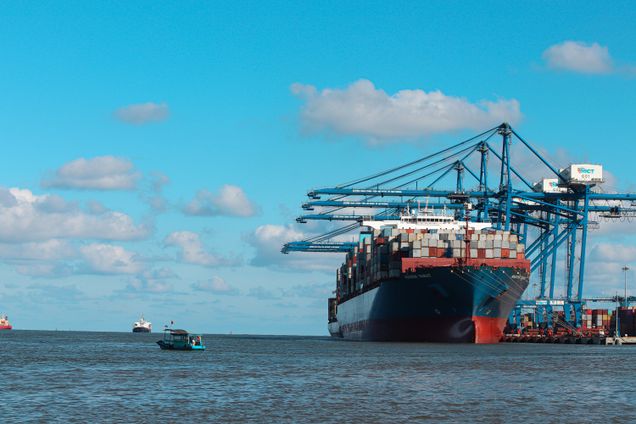The WTO in a Changing Geopolitical Environment

The World Trade Organization (WTO) came into existence in 1995, replacing the 50-year-old trade regime known as the General Agreement on Tariffs and Trade (GATT) that had governed trade among capitalist countries in the geopolitical context of the Cold War. The new regime was emblematic of a moment in time, when global economic integration was gaining rapid momentum based on technological change, the socialist bloc and its separate trading system had collapsed and China was still in the early stages of economic opening. The new WTO offered a single global trade regime that gradually grew to include 164 countries.
A new book chapter in Global Trade and Trade Governance During De-Globalization by Sandra Polaski discusses the new approach of the WTO and its development in a changing geopolitical environment.
Polaski explains how the approach of deep integration reflected a shift in the prevailing economic consensus in the West and the priorities of the US in particular. However, the new regime did not command universal support from member states, especially developing countries who felt their needs were given inadequate consideration. The chapter also addresses China’s accession to the WTO in 2001, its economic and trade growth and the changing relative economic weights in the global economy. Polaski explores the resulting distributional effects that eroded support for open trade and the WTO, even among the organization’s original proponents. In an era marked by increasing strategic rivalry between the US and China, the global economic and trade disruption caused by COVID-19 and the emergence of climate change and the digital economy, the chapter also addresses the organization’s new challenges.
For Polaski, there are three possible future paths for the WTO and their implications. The organization could continue to muddle through without serious reform; it could be buffeted more strongly by the rivalry between the US and China, further destabilizing the WTO; or it could undergo serious reform to allow greater flexibility for countries with different economic models and systems to trade with each other.
Read the Book Chapter